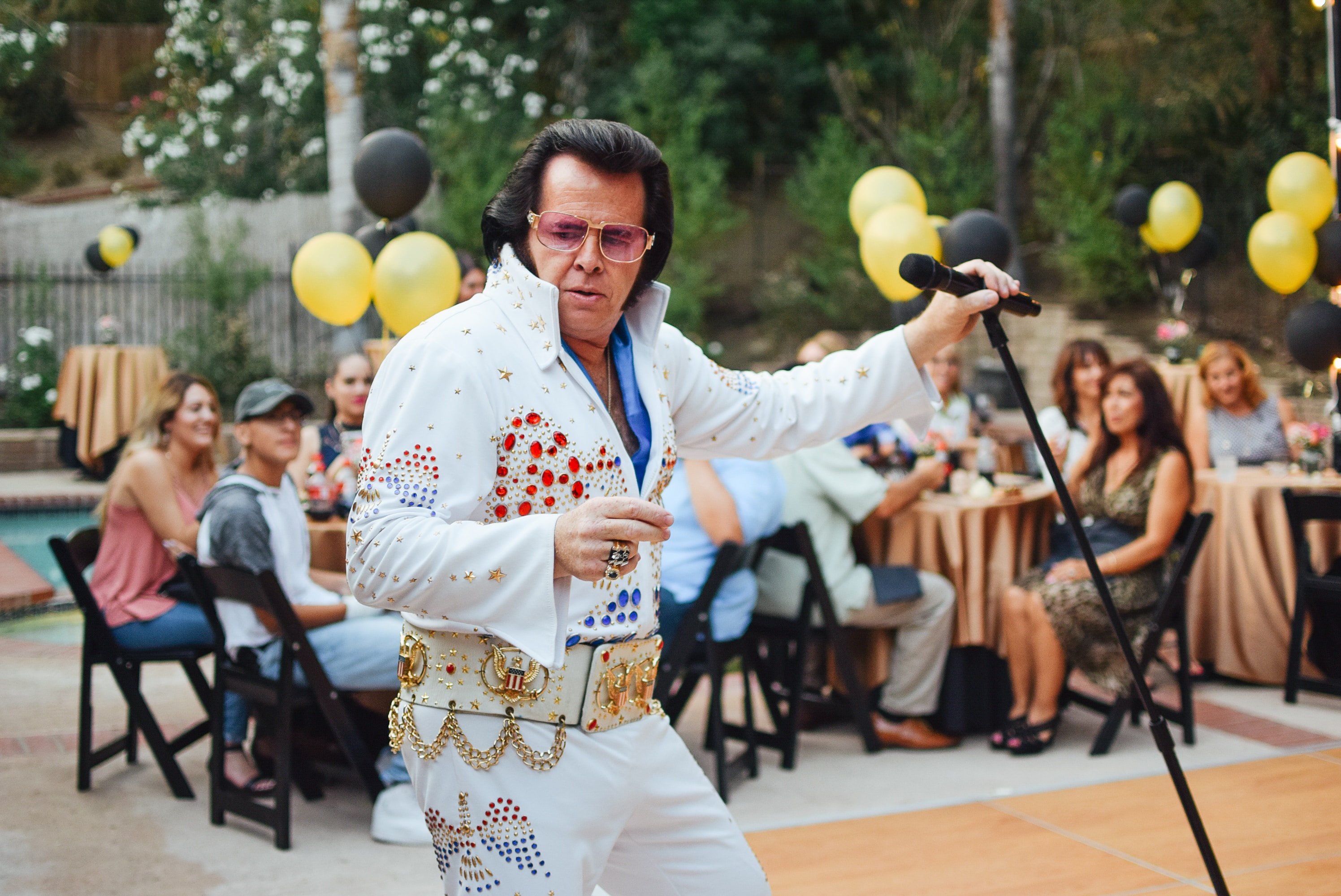These days it seems you can’t go more than a week without reading about another celebrity being accused of plagiarism. Whether it’s the allegations against Lizzo, the continued fallout from the Blurred Lines case or Katy Perry being accused of plagiarizing her song Dark Horse, plagiarism is perpetually in the news.
It’s not just music. Nora Roberts recently filed a lawsuit against an author that plagiarized her, Jill Abramson faced plagiarism allegations in her book and even filmmakers face issues as the Indian film Bala faces allegations of plagiarism as well.
Plagiarism, for better or worse, is a key fixture of our news cycle and this can be very confusing for students. However, plagiarism outside of academia is often treated much differently than plagiarism inside it.
For one, plagiarism outside of academia often doesn’t have direct consequences. There are no disciplinary boards that determine plagiarism in much of the outside world. If the plagiarism is not a copyright infringement, very little may happen other than a hurt reputation.
Second, because of that, plagiarism outside of academia often doesn’t have a definite conclusion. Even the cases that do go to court are often settled inconclusively. Because of this, stories of plagiarism in the news are often much more involved and layered than ones in the classroom and that makes it important to strip those layers away if you’re going to talk about it.
However, it also offers a great way to talk about plagiarism with students using familiar examples and references about which they already feel interested. And when a student's interest is already cultivated, it is fertile ground for discussion. Pop culture plagiarism battles can be a good way to get students engaged in the topic and have them think about the issue with more complexity.
Still, it’s important to go into any such plagiarism discussion with a plan and to understand that such discussions can easily go off the rails. To keep things focused and productive, it’s important to have a plan of action.
To that end, here’s an example of a plagiarism discussion that one could have regarding a case in the media.
- Choose a case that offers something interesting to discuss. The Nora Roberts case looks at lots of short passages and broad plot points, whereas the Lizzo case only deals with one line but it’s the most famous one in the song. Find a case that’s both relevant to the class and offers something interesting to discuss and debate. To that end, look for cases that could happen in the classroom (or have direct analogs) but leave a little bit of a gray area where there is discussion possible.
- Have students read news coverage about the case. Provide all relevant articles--including the recent judgment-- and then compare the works directly. This could include reading the works, listening to the songs back-to-back, looking at an analysis of the works or just looking at relevant passages.
- Ask them if they feel it is plagiarism: why or why not? Ask for students’ opinions and perhaps even vote to see how the class feels overall. This can even be turned into a take-home assignment where they can write an opinion piece, using examples of the plagiarism case as discussed in class.
- Inquire: How would the case be handled if it happened in a classroom? This might be a great time to use the school’s policy on plagiarism as a guide. Ask the students, how would the alleged plagiarist have been treated if they had turned in the project for a class assignment? What consequence would they recommend (if any)?
- Discuss the real-world outcomes of the case. Ask the students if they feel the conclusion was appropriate. Was the case handled too harshly, not severe enough or was a good balance reached? Why or why not?
- Determine if the situation could have been avoided altogether. What could the accused plagiarist have done differently to avoid the issue? Oftentimes, this comes down to providing attribution, but sometimes the answer is “nothing” if they feel the accusation is wholly unfair. It can also be a great way to open a discussion about how to adequately paraphrase a work, rather than modifying an existing one.
Keeping to the facts of the case is crucial and trying to keeping the conversation focused. Though celebrities can be great for gaining student interest, that can backfire if the conversation gets too wrapped up in the emotion. Plagiarism can be and often is a deeply emotional experience. When discussing plagiarism, it can feel like one is attacking the accused or the accuser. This can be especially heated when dealing with celebrities with whom students may have a particular connection.
The other challenge that instructors will face is that the cases we see in pop culture are often very different from the ones students wrestle in the classroom. To help with that, it’s important to break the case down to its simplest components.
And because plagiarism is a very difficult subject to get students engaged on, it makes perfect sense to use whatever tools are available, including celebrity plagiarism stories. And why not?
The truth is that all plagiarism cases hinge on the same things: Was the work copied and, if it was, was it adequately attributed? You can apply those two questions to just about any plagiarism discussion and, when you do, it can help students better understand plagiarism and become more passionate about upholding integrity in all areas of life.




